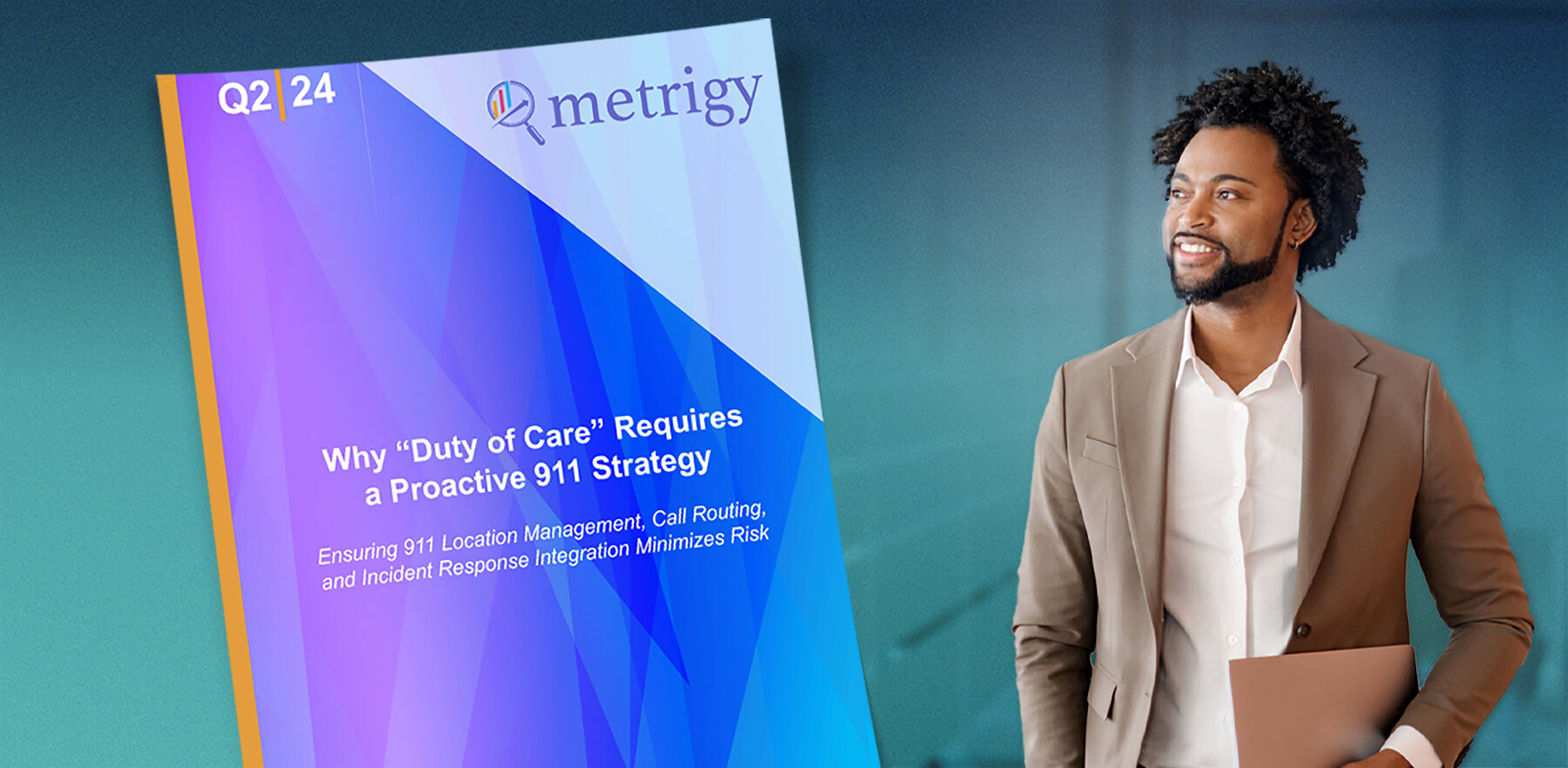Why Duty of Care Requires a Proactive 911 Strategy
Ensuring 911 Location Management, Call Routing, and Incident Response Integration Minimizes Risk Organizations have an obligation to ensure a safe...
The vision of private wireless was mostly a data network. But as soon as a private wireless owner or operator allows for voice services, they will need to comply with the FCC’s rules requiring access to 911.
With just one voice call, the private wireless operator becomes, in essence, a regulated carrier.
CBRS will enable businesses and other organizations to own and operate their own wireless networks within a confined area. Given the expected performance and reliability of such controlled networks, private wireless should enable greater industrial automation, including robotics, sensors, and cameras, as well as connectivity for “augmented” workers.
Like any federally licensed spectrum, private wireless operators should follow FCC mandates for emergency communications, including call location, routing, and a caller’s ability to dial 911 directly (without a prefix, per Kari’s Law) from any network-connected device.
Be it for voice and/or data, owning a private wireless network will likely feel more like operating a public mobile network than an enterprise or VoIP network. Private networks will be more integral to the operations of an enterprise. People will become more conjoined with the infrastructure. Calling these networks “private” does not change the expectations of how people will want to communicate.
Download this whitepaper to learn about
You’ll also get an Emergency Communications Readiness Checklist to guide you through additional considerations before embarking on your Private Wireless journey.
Worker safety cannot be an afterthought. Private network design must keep critical communications in mind. Besides the legal and regulatory implications, connected workers expect and value knowing that whenever and from wherever they call 911 for help, they will be able to reach a first responder.

Ensuring 911 Location Management, Call Routing, and Incident Response Integration Minimizes Risk Organizations have an obligation to ensure a safe...

Recent FCC Guidance Increases the Imperative for Organizations to Ensure Kari's Law and RAY BAUM'S Act Compliance Organizations have an obligation to...

Readying Low Earth Orbit Satellite Services for Emergency Communications The much-talked-about convergence of terrestrial telecom and low-earth...

“84% of Americans are extremely to moderately concerned about calling 911 from an office building, school campus or public facility, and having 911...